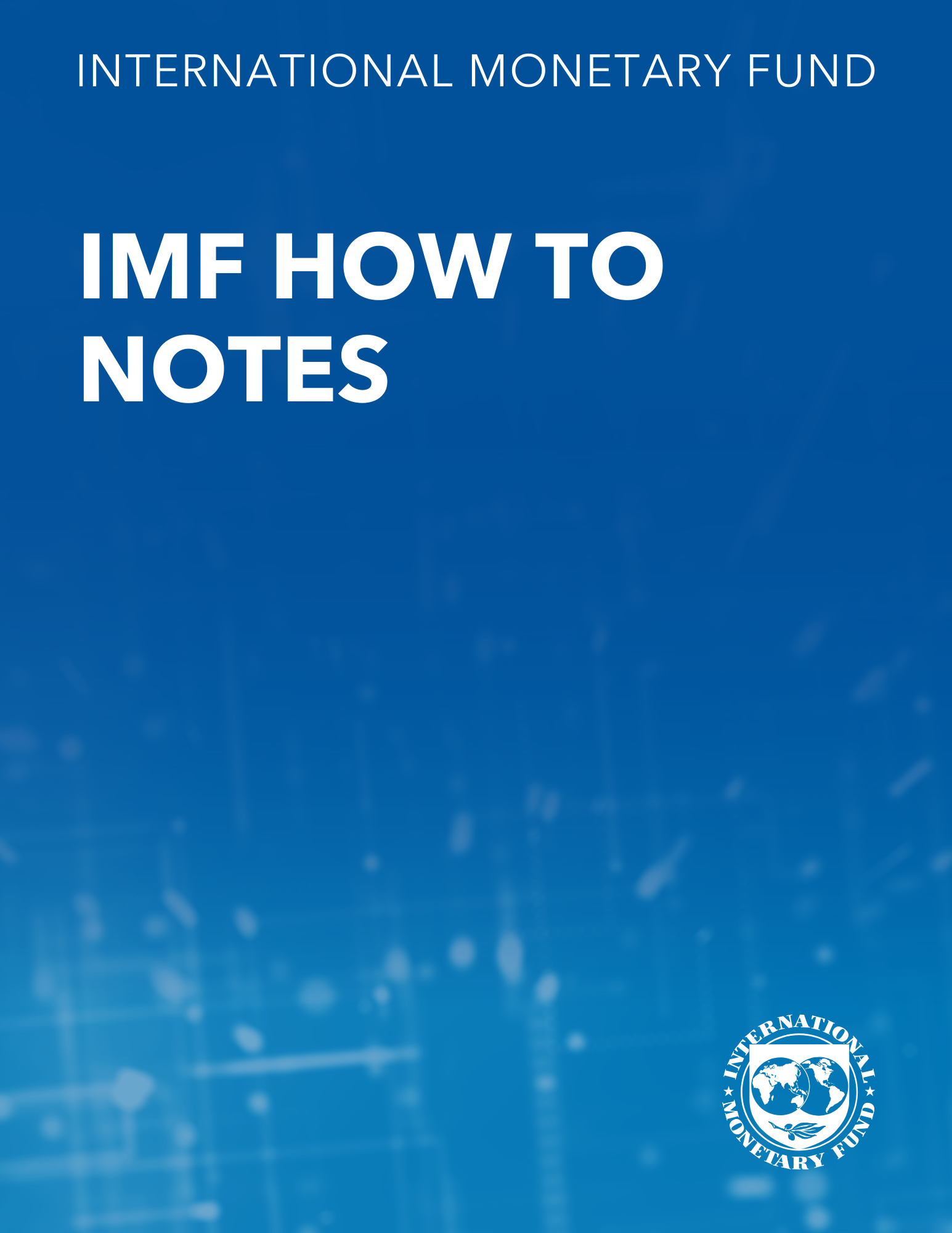Wage Flexibility in Turbulent Times: A Practitioner’s Guide, with an Application to Poland
July 1, 2005
Disclaimer: This Working Paper should not be reported as representing the views of the IMF.The views expressed in this Working Paper are those of the author(s) and do not necessarily represent those of the IMF or IMF policy. Working Papers describe research in progress by the author(s) and are published to elicit comments and to further debate
Summary
This paper reviews several methods to measure wage flexibility, and their suitability for evaluating the extent of such flexibility during times of structural change, when wage distributions and wage curves can be particularly volatile. The paper uses nonparametric estimation to capture possible nonlinearities in the wage curve and relaxes the assumption of a stable wage distribution over time by linking the shape of the wage change distribution to macroeconomic variables. The proposed methodology is applied to Polish micro data. The estimates confirm that wages are less elastic in a high-unemployment/low-wage environment. Based on a comparison of actual and counterfactual wage distributions, the effects of nominal wage rigidities on real wages, and thus, on the labor market and the real economy, were limited until 1998, but have been quite significant thereafter.
Subject: Real wages, Unemployment rate, Wage adjustments, Wage rigidity, Wages
Keywords: dummy variable, efficiency wage, labor market, WP
Pages:
33
Volume:
2005
DOI:
Issue:
134
Series:
Working Paper No. 2005/134
Stock No:
WPIEA2005134
ISBN:
9781451861532
ISSN:
1018-5941





